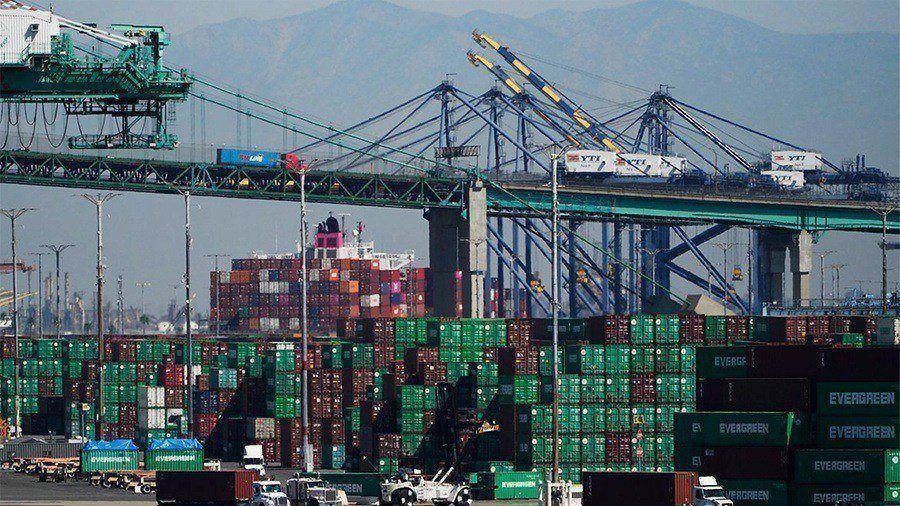
In order to clear up the bottleneck, West Coast ports are implementing a new surcharge, supported by the Biden-Harris Supply Chain Disruptions Task Force. Under the new policy, the ports will charge ocean carriers additional fees for each container that falls into one of two categories: Containers scheduled to move by truck will be charged for every container dwelling for nine days or more. For containers moving by rail, ocean carriers will be charged if the container has dwelled for three days or more. Beginning November 1, the ports will charge ocean carriers with any cargo in those two categories $100 per container, increasing in $100 increments per container per day. Talk about compound interest!
“We must expedite the movement of cargo through the ports to work down the number of ships at anchor,” said Port of Los Angeles Executive Director Gene Seroka. “Approximately 40% of the containers on our terminals today fall into the two categories. If we can clear this idling cargo, we’ll have much more space on our terminals to accept empties, handle exports and improve fluidity for the wide range of cargo owners who utilize our ports.”
Of course this doesn’t address the backed-up rail system with thousands of rail cars stranded in hubs like Chicago or even the lack of CDL drivers to get the trucks out of the ports… and add in increasing fuel costs to the surcharge… however, it is a start to solving the supply chain SNAFU that extends well beyond West Coast ports. According to AP, the Port of Los Angeles and Port of Long Beach are the two largest container ports in the nation and combined represent the ninth-largest port complex in the world. Trade that flows through the San Pedro Bay ports complex reaches every Congressional district across the country and generates more than 3 million jobs nationwide… and they are also the starting point for a crippling inventory issue.
“I support the actions taken by the ports of Los Angeles and Long Beach today to charge ocean carriers for lingering containers on marine terminals. These actions aim to expedite the movement of goods and reduce congestion in our ports,” said John Porcari, Port Envoy to the Biden-Harris Supply Chain Disruptions Task Force. “As our economy continues to grow, increased demand and disruptions caused by the pandemic are putting our supply chains to the test. While we’ve seen new records set in terms of throughput this year at West Coast ports, we need more players throughout the supply chain to keep stepping up. The federal government will continue to bring together private companies and stakeholders from across the supply chain and serve as an honest broker helping to surface solutions like this to address supply chain disruptions.”
Prior to the pandemic, containers for local delivery sat on container terminals less than four days, containers that were sent by rail sat for less than two days. These numbers have increased significantly, making it difficult to clear cargo off the terminals and bring in ships at anchor. According to Port Envoy Porcari, fees collected from dwelling cargo will be re-invested by the two ports for programs designed to enhance efficiency, accelerate cargo velocity and address congestion impacts throughout the San Pedro Bay.
Photo credit: AP




















